
Dr. Todd Franklin
As I write this the cement has barely been cured from our last PAC Live Patient Hands-on program. It’s the perfect time to take last month’s interview with Dr. Dudney regarding our Live Patient programs and relate it to our program. I couldn’t agree more with everything Dr. Dudney had to say regarding this type of education. Doctors who take a hands-on program are so much more prepared to provide world-class results over those that learn in the lecture mode. Let me share our latest course.
In every Live Patient course, the attendees will spend that last part of the day reviewing each case that will be done the following day. Doctors present the case to discuss and apply the newly learned principles taught earlier in the day. It is amazing to see the growth and knowledge these doctors demonstrate in just a few short hours. Our program comprised doctors who were young in their careers and all mentioned that their aesthetic training in school was very limited. We had open and fresh minds to teach. Our course contained of diastema closures, rotations and misalignment, collapsed verticals, heavy bruxers and peg laterals. A wealth of teaching points and issues that patients bring to our offices every day. On the last day of the course, we were able to review not only the pre-op smile design and functional goals for each case but the doctors were able to see how the cases were handled in the operatory, including model work showing how each tooth was prepped and finally what each restoration looked like. To be able to see so many cases from start to finish was invaluable to the learning curve for the doctors.
Our collapsed vertical case and heavy bruxer patient was addressed by taking principles from our occlusion lecture and applying them to the capture of the patient records. From that information mounted models allowed the laboratory, Corr Dental Design, to provide a custom wax-up to a new open vertical with proper guidance and aesthetics. The most important change, in this case, was the restoration of the anterior guidance and coupling. As the patient explained to me in an email one day after cementation, “My mouth feels less strained and so much comfortable. I have no more pain! Thank you!” (Figures 1, 2, 3) Now that her maxillary arch is established at a comfortable vertical her lower arch can be restored more conservatively. Her occlusion is being stabilized and maintained by an anterior discluding appliance that provides full posterior coverage for both arches.
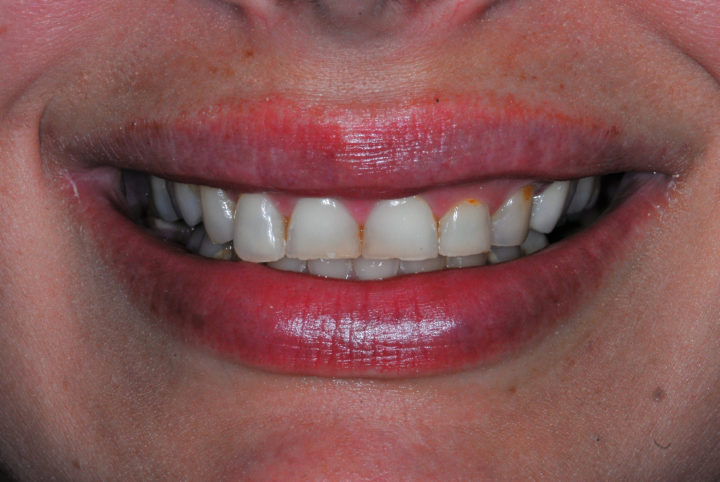
Figure 1
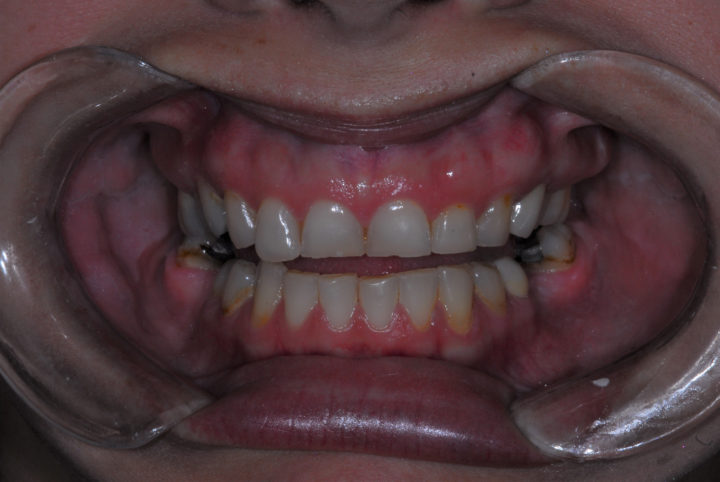
Figure 2
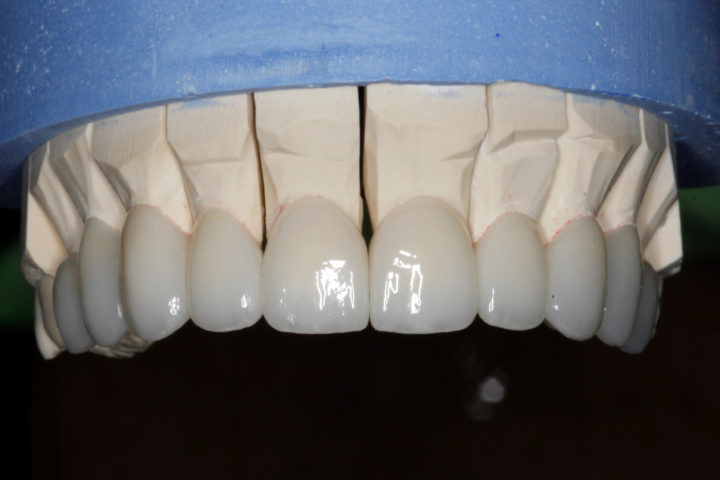
Figure 3
Our next patient was interesting in the fact that ideally, she was a perfect candidate for orthodontics. Healthy beautiful teeth but in the wrong place. After many consults and discussions, it became apparent that she just didn’t want orthodontics and the time it would take. This always presents a dilemma in how we approach the case. At the end of the day, the question becomes can we provide conservative treatment giving the patient the outcome they desire? Taking all the principles of conservative prep design, I think you’ll agree the objectives were achieved! (Figure 4, 5, 6) I will review the other cases in a future edition of the PAC TEC.
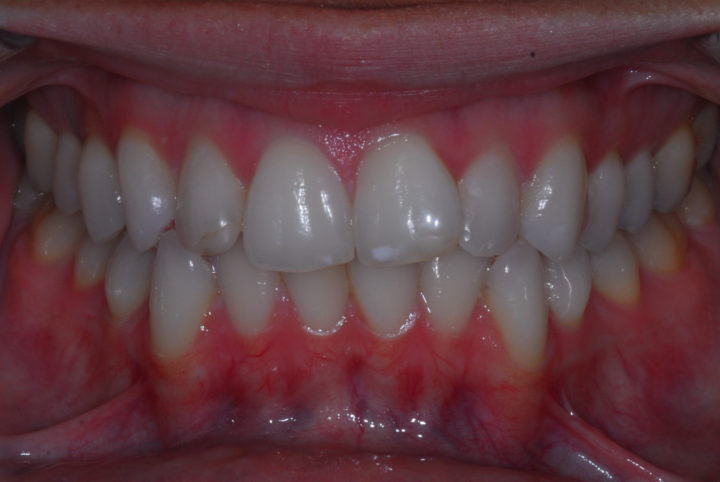
Figure 4
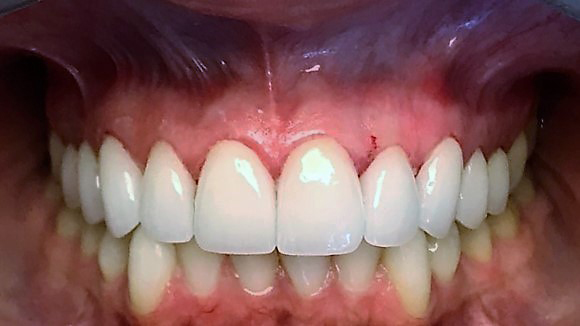
Figure 5
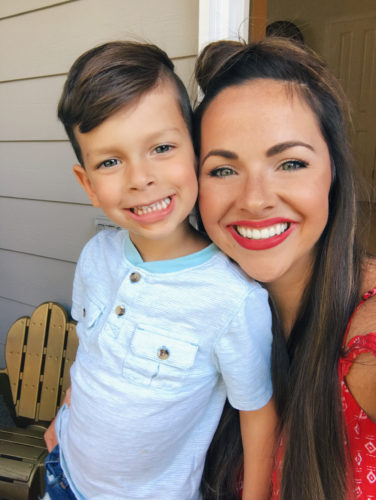
Figure 6
We talk about the value of the team participating in a course like this. We had a new assistant who never was exposed to this type of dentistry who walked away energized and excited by what she learned and experienced firsthand. We had team members who took these courses years ago and their doctor no longer performed these types of procedures. They were there with their new doctors and rekindled their desire to do more of this dentistry. There were front office teams who gained more confidence in getting these types of cases scheduled. We had hygienists who now can ask patients questions about their desire to have a more healthy, beautiful smile.
At the end of the day, the discussions that proved to be the most important were the ‘what would you do if’ discussions. We all know that treatment we provide doesn’t always go as planned. The true value of a Live Patient Hands-on course is the conversations that occur during and after the course. Doctors have questions regarding techniques and work arounds that can easily be handled and discussed during the program. Doctors share that the most important learning they received was the one on one time spent with the Instructors. At the end of the day the PAC is all about three modalities: clinical learning, business development, and social interaction. We encourage you to consider the next PAC program coming to you. Your career, your team and your love for dentistry will change forever. See you at the next program!
If you have questions about my article or if you would like to send a case, please contact the Pacific Aesthetic Laboratory Group at www.pacificaestheticdentalstudio.com, Gary Vaughn, CDT, CTO (916) 786-6740, or via email gvaughn@thePAC.org.
